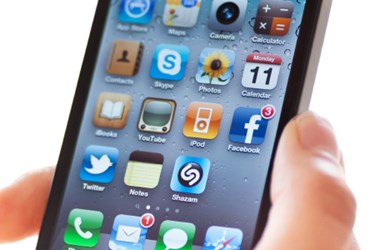Survey Finds 80 Percent of Mobile Payment Apps Find them More Convenient Than Payment Cards

By Christine Kern, contributing writer

Over half of U.S. adults use mobile payments to make purchases online and in-store.
Customers are reaching for their mobile payment apps more and more frequently over payment cards, according to new research from Mercator Advisory Group’s CustomerMonitor Survey Series. The study, “Mobile Payments: Market Leadership Is Up for Grabs, reveals that over half of smartphone owners in the United States have used their mobile device to pay for goods and services in stores or online. As smartphone ownership reaches 78 percent ownership among U.S. adults, most consumers have used their phones for mobile shopping.
In fact, 8 in 10 shoppers who use mobile payment apps like Apple Pay find them to be more convenient that using a payment card to complete their transactions. More than half report say that the apps are faster and provide better privacy and security for payment at checkout than using a payment card in-store. Yet, while half of users think mobile payments are easier than payment cards for purchases, 37 percent reported that they are harder to use.
“Convenience is clearly driving mobile payments use, as mobile payments become more commonly accepted and used more often, but the customer experience needs to improve before a market leader can emerge” states Karen Augustine, author of the report and manager of Primary Data Services at Mercator Advisory Group, which includes the CustomerMonitor Survey Series.
The study is based on Mercator Advisory Group’s CustomerMonitor Survey Series payments survey conducted using an online panel of 3,009 U.S. adults in June 2016. It examines the demographic shift and changing landscape of web-enabled mobile users, consumer use of mobile devices for making payments and shopping online and in stores, related payment features including e-couponing, e-receipting, and e-loyalty as well as payment, balance, and fraud alerts, experience with Apple Pay compared to payment cards, and ownership, purchase plans and important features of wearable technology for payments.
The study results reveal that 7 in 10 consumers would use mobile pay more often if they gained rewards or discounts for purchases, demonstrating that stimulating use as a primary payment tool will require clear benefits for use and broad merchant acceptance.
